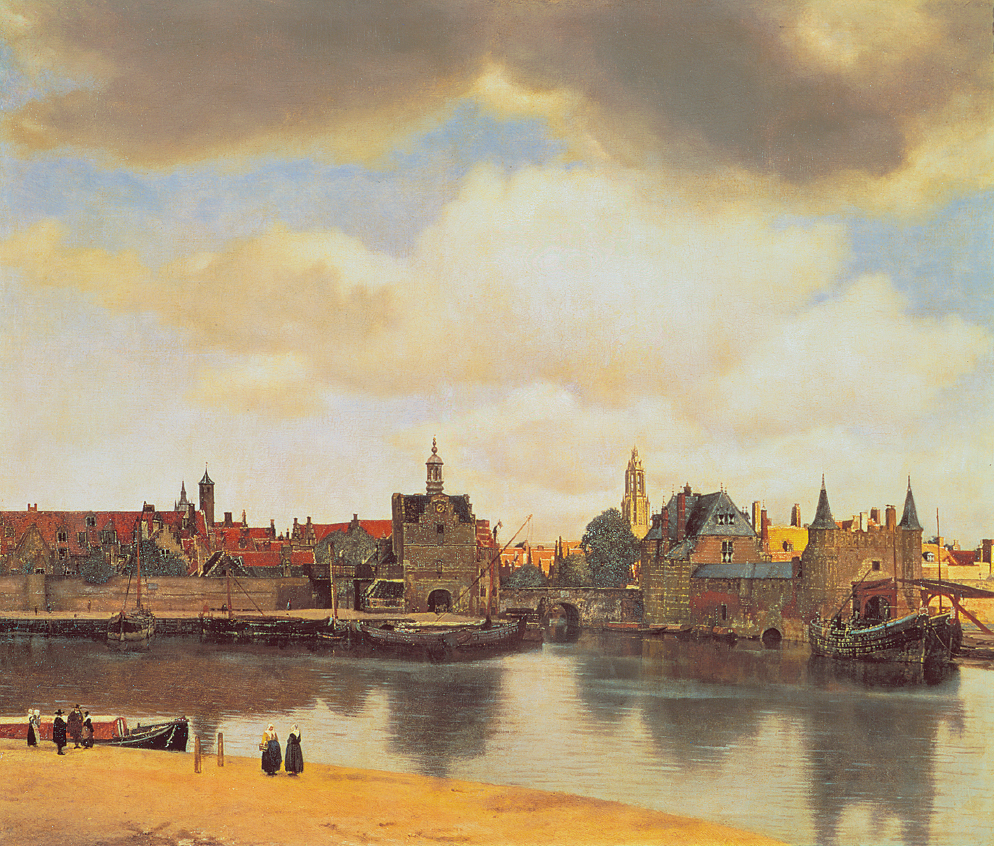Science and the Arts
All this may seem some distance away from the observatories of Galileo and Kepler and the laboratories where William Harvey discovered the circulation of the blood and Antoni van Leeuwenhoek first viewed microorganisms through a microscope. And indeed, the scientific spirit of the time had its most obvious effect on artists who were outside the realm of absolutism. The Dutch were citizens of free cities, not subjects of despotic kings. In Jan Vermeer’s painting of his own city, Delft, the incredibly precise depiction of detail reflects the new interest in scientific observation. The painter’s analysis of light is worthy of Huygens and Newton, fathers of the science of optics. There is something scientific, too, in the serene objectivity of this scene.

Human control over nature is also symbolized by Baroque formal gardens. Today, landscape architecture is not usually regarded as one of the major arts, but it was very important in the age of the Baroque palace. Baroque gardens regulate nature strictly according to geometrical plans, as you can see in the painting of Versailles on page 99. Bushes are clipped, lawns tailored, and streams channeled, all under the watchful eye of big statues of Venus, Apollo, Hercules, and the rest, lined up in rows. Such gardens spell out the new vision of nature brought to heel by human reason and calculation.